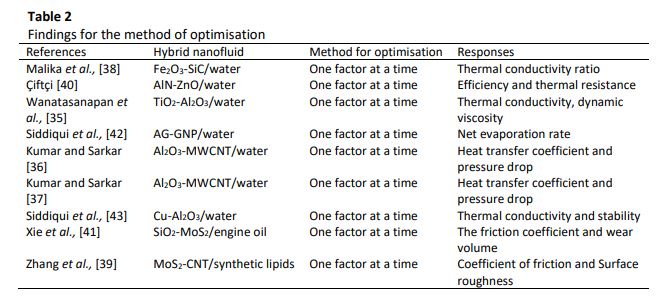Recent Review on Preparation Method, Mixing Ratio, and Heat Transfer Application using Hybrid Nanofluid
DOI:
https://doi.org/10.37934/arfmts.95.1.4453Keywords:
Hybrid nanofluid, heat transfer, mixing ratio, preparation methodAbstract
Hybrid nanofluid is the extension from nanofluid that had been recently discovered, which can enhance heat transfer performance of heat transfer application. However, there were limited reviews had been done on the effect of surfactant on thermal conductivity and the mixing ratio of hybrid nanofluid. These reviews are critical to giving a detailed insight into the factors that affect the heat transfer enhancement of hybrid nanofluid. Furthermore, a recent review on the hybrid nanofluid in heat transfer application is done to update any new findings in heat transfer enhancement. The review results showed that there were limited studies had been done on the optimisation of surfactants based on thermal conductivity. This optimisation is essential to ensure the prepared hybrid nanofluid has high stability without affecting the high thermal conductivity properties. Furthermore, there were no studies done by any researchers on the comprehensive optimisation of the mixing ratio hybrid nanofluid. All of the studies used the One Factor at a Time (OFAT) method with the selected mixing ratio. Next, based on the review of hybrid nanofluid in heat transfer application, there were limited studies compared with mono-nanofluid. Furthermore, the idea of hybridising different nanoparticles was to achieve high stability and high thermal conductivity working fluid. Several drawbacks were highlighted from the studies: pressure drop, pumping power, lower velocity flow, and high friction factor.
Downloads

































